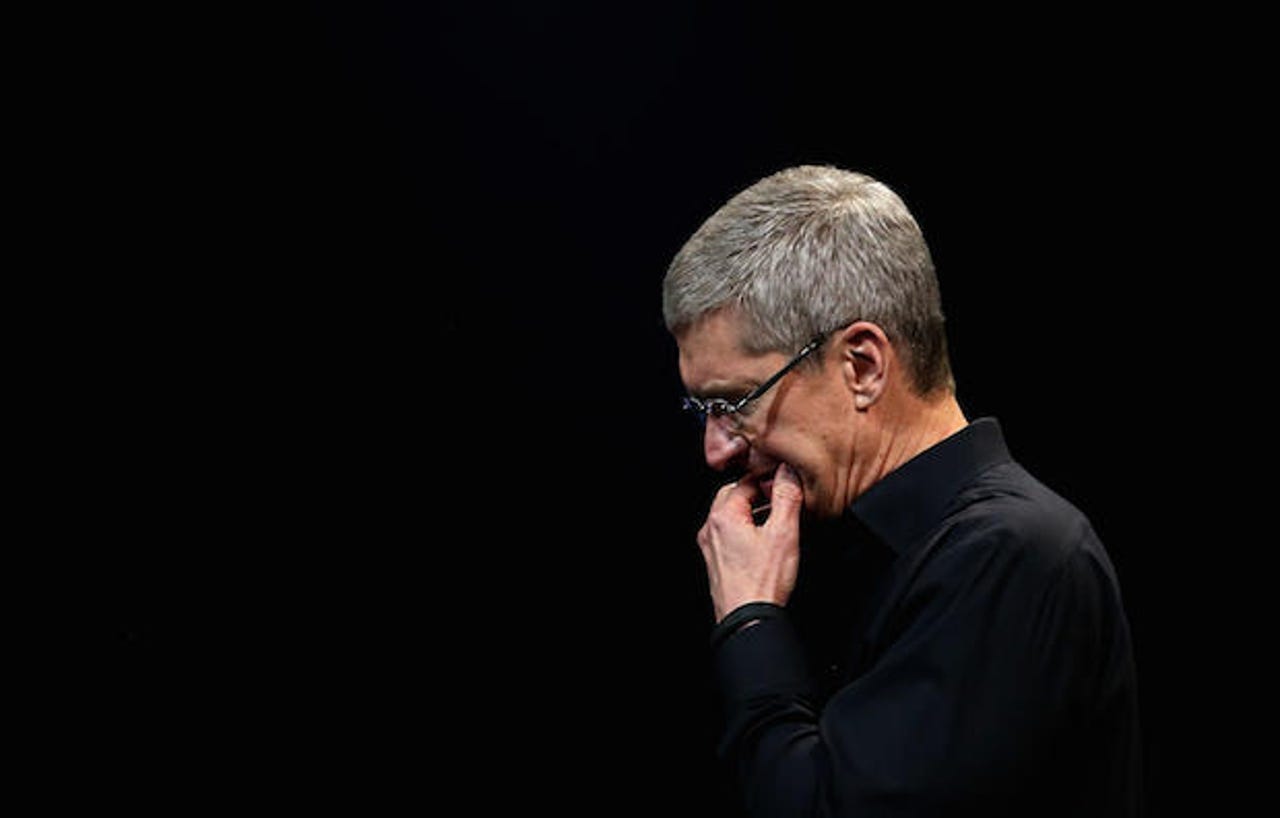iPhone 6 on September 9? Apple faces lofty expectations

Apple is to hold its iPhone 6 launch event on September 9, according to a new report out on Tuesday.
Read this
This took us a little by surprise, considering a number of reports have pointed to the iPhone and iPad maker gearing up for an earlier (or even later) launch — much at the mercy of the carrier upgrade cycle and industry pressures from Asian manufacturers.
The Cupertino, Calif.-based technology giant has not confirmed the report, but has reportedly booked space in neighboring San Francisco to hold the event.
Apple still has a number of juggling balls in the air, ahead of the anticipated launch of its newest smartphone. As the iPhone accounts for more than 55 percent of the company's sales, combined with a very dry pipeline in the first-half of the calendar year, Apple can't afford to fluff it up.
Here's what Wall Street analysts are saying.
Forget iWatch. iPhone 6 to be the "main catalyst"
As Samsung and other rival phone makers have expanded into the larger display model, the iPhone 6 will be the "main catalyst" for Apple's year-round sales growth — with a peak in the fiscal fourth quarter, according to SinoPac analyst Frank Kuo.
That three-month period, around the December holiday period, could cause the company to sink or swim, as it typically accounts for the company's greatest sales period in the year. As Apple's smartphone saturation rate hit its peak, appeasing the existing user base will be a major focus for Apple.
Kuo said if Apple were to play its cards right, a larger iPhone will help "boost handset replacement demand" for existing owners, and help Apple win back market share of high-end smartphones from Android.
Eyes on China as a major iPhone 6 growth market
Rumors continue to swirl on exactly what sized devices will be paraded on Apple's launch day.
Cantor Fitzgerald analyst Brian White said it is "imperative" for Apple to launch the phone in two sizes (as previously rumored) — a slightly larger 4.7-inch device and a phablet-sized 5.5-inch, before the end of the year.
According to White's research, Apple has to appease not just its existing customers, but also those in China who make up a growing portion of the company's revenue. For some time now, Chinese customers have been looking to rivals to stem their desire for larger devices.
"With the growing popularity of these mega-sized smartphones, we noticed a loss of momentum with the iPhone franchise in China," White wrote in a note to investors. Because Apple has failed to expand the display of its devices beyond the 4-inch limit, demand in China has been slowing. In launching a larger device, it would calm the "pent-up demand" in the country.
China currently accounts for more than 15 percent of the company's revenue. Hitting a home run in mainland China must be high on Apple's priority list.
Apple's "flawed strategy" on failing to maximize sales
Taking the Debbie-Downer approach for Wall Street, one analyst group thinks Apple's entire approach is slowly eroding its competitive streak — meaning arch-rival companies like Samsung are gaining traction.
Featured
Indigo analyst Nicholas Landell-Mills said Apple's focus on design and "making the best products," rather than focusing on maximizing sales, means its products risk becoming "niche premium products with low market share, like the Mac."
Calling it a "flawed strategy," Landell-Mills said the fewer sales makes it difficult for the company to reinvest its profits into its products. That said, Apple isn't a small company. It has more than $150 billion in the bank, and could reinvest in its products even if sales collapses.
He concluded that Apple "remains a hardware company, having failed to evolve sufficiently towards services." While Apple's iTunes, software, and services division has increased in profits quarter-over-quarter, it's still a fraction of the company's income. Those services, such as the iTunes and App Stores, iCloud storage fees, and in-app purchases, continue to expand year-on-year — but have yet to make any significant headway into an already vast and expansive market.
